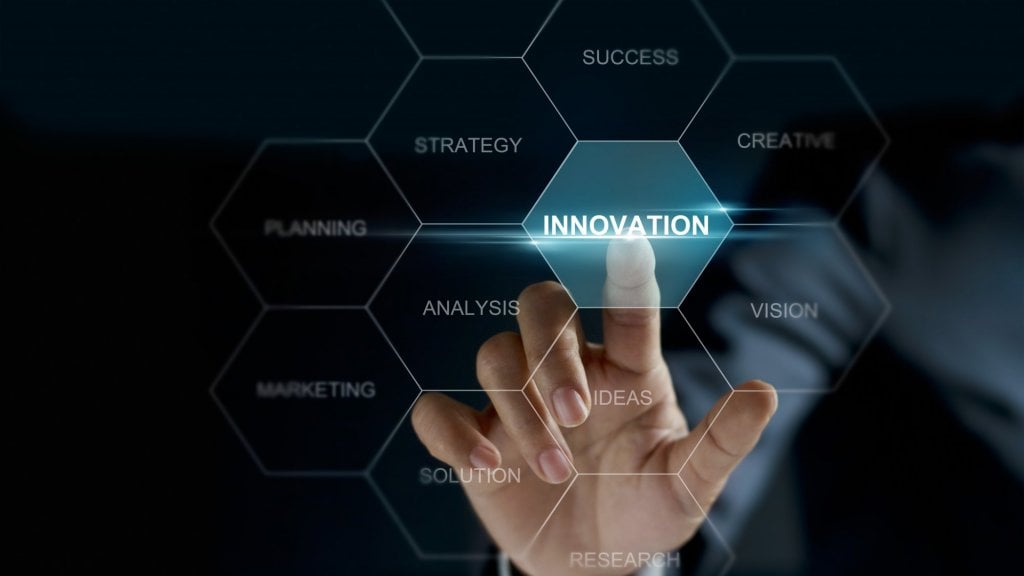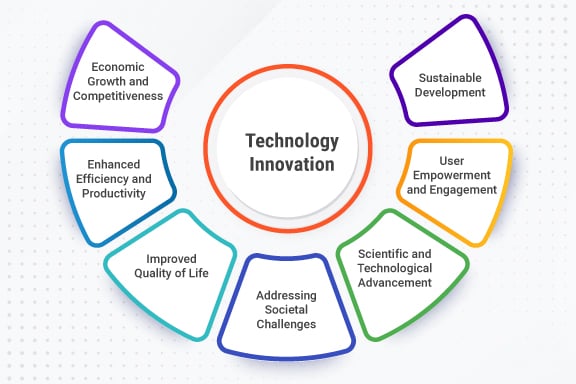In today’s fast-paced digital world, automation has become a cornerstone of efficiency, convenience, and productivity. DigiLife Automation Trends are shaping how we interact with technology, transforming homes, workplaces, and everyday experiences. This article explores the latest advancements, benefits, and future possibilities of automation in the digital lifestyle.
Understanding DigiLife Automation
DigiLife Automation refers to the integration of smart technologies that automate routine tasks, enhance connectivity, and optimize performance across various aspects of life. From smart homes to AI-driven workplaces, automation is revolutionizing how we live and work.
Why DigiLife Automation Matters
-
Efficiency: Reduces manual effort and human error.
-
Convenience: Simplifies daily routines with voice commands and AI.
-
Cost Savings: Lowers energy consumption and operational expenses.
-
Security: Enhances safety with smart surveillance and alerts.
Top DigiLife Automation Trends in 2024
A. Smart Home Innovations
Smart homes are at the forefront of DigiLife automation, offering seamless control over lighting, security, and appliances.
-
Voice-Activated Assistants – Devices like Amazon Alexa and Google Home enable hands-free control.
-
AI-Powered Thermostats – Systems like Nest learn user preferences to optimize energy use.
-
Automated Security Systems – Smart locks and cameras provide real-time monitoring.
B. AI and Machine Learning Integration
Artificial Intelligence (AI) is driving automation by enabling predictive analytics and personalized experiences.
-
Chatbots & Virtual Assistants – Improve customer service and business operations.
-
Predictive Maintenance – AI detects equipment failures before they occur.
-
Personalized Recommendations – Streaming and shopping platforms use AI to suggest content.
C. Workplace Automation
Businesses are leveraging automation to boost productivity and reduce costs.
-
Robotic Process Automation (RPA) – Handles repetitive tasks like data entry.
-
Smart Office Solutions – Automated lighting, meeting scheduling, and AI-driven analytics.
-
Remote Work Enhancements – Cloud-based collaboration tools streamline workflows.
D. Healthcare Automation
The healthcare sector is adopting automation for better patient care and operational efficiency.
-
Telemedicine – AI-powered diagnostics and remote consultations.
-
Wearable Health Tech – Tracks vitals and alerts users to health risks.
-
Automated Pharmacy Systems – Reduces prescription errors and speeds up dispensing.
E. Sustainable Automation
Eco-friendly automation solutions are gaining traction as sustainability becomes a priority.
-
Smart Grids – Optimize energy distribution to reduce waste.
-
Automated Waste Management – AI sorts recyclables more efficiently.
-
Green Building Automation – Smart sensors regulate energy use in real time.
The Future of DigiLife Automation
As technology evolves, DigiLife automation will expand into new frontiers:
-
Autonomous Vehicles – Self-driving cars will redefine transportation.
-
AI-Powered Cities – Smart traffic systems and automated public services.
-
Hyper-Personalization – AI will tailor experiences to individual behaviors.
Challenges and Considerations
Despite its benefits, automation presents challenges:
-
Privacy Concerns – Data security risks with interconnected devices.
-
Job Displacement – Automation may reduce certain manual roles.
-
High Initial Costs – Implementation can be expensive for some users.
Conclusion
DigiLife automation is transforming how we live, work, and interact with technology. By embracing these trends, individuals and businesses can enhance efficiency, security, and sustainability. Staying updated on advancements will ensure you leverage automation to its fullest potential.














